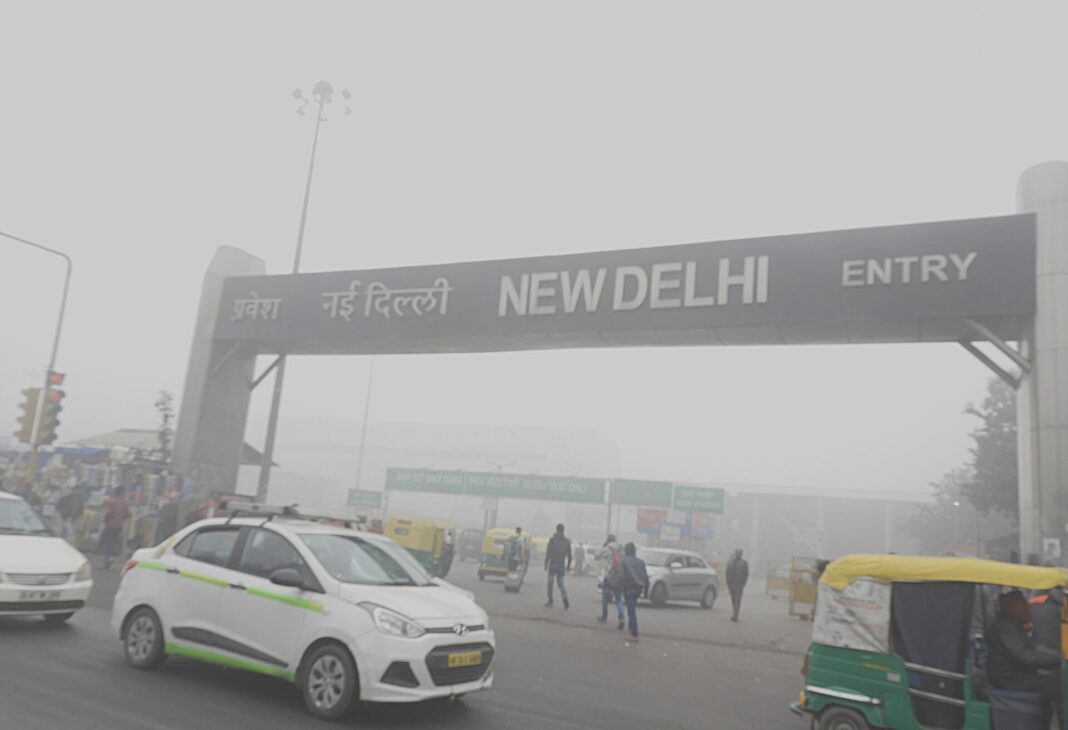Delhi recorded the worst air pollution among the major cities on Saturday with an AQI of 194, according to IQAir. Lahore stood at 189, Dhaka 167, Mumbai 157, Karachi 156, and Kolkata 152, and Belgrade, Jakarta, Bishkek, and Hanoi also featured in the top ten.
| Rank | City (Country) | US AQI | Classification |
|---|---|---|---|
| 1 | Delhi, India | 194 | Unhealthy |
| 2 | Lahore, Pakistan | 189 | Unhealthy |
| 3 | Dhaka, Bangladesh | 167 | Unhealthy |
| 4 | Mumbai, India | 157 | Unhealthy |
| 5 | Karachi, Pakistan | 156 | Unhealthy |
| 6 | Kolkata, India | 152 | Unhealthy |
| 7 | Belgrade, Serbia | 152 | Unhealthy |
| 8 | Jakarta, Indonesia | 152 | Unhealthy |
| 9 | Bishkek, Kyrgyzstan | 141 | Unhealthy for sensitive groups |
| 10 | Hanoi, Vietnam | 139 | Unhealthy for sensitive groups |
| AQI Range | Category |
|---|---|
| 0–50 | Good |
| 51–100 | Moderate |
| 101–150 | Unhealthy for sensitive groups |
| 151–200 | Unhealthy |
| 201–300 | Very Unhealthy |
| 301+ | Hazardous |
Under the U.S. AQI scale used by the service, a reading of 151–200 is classified as “Unhealthy,” allowing the general public to begin to experience adverse effects while sensitive groups are at higher risk. Levels between 201–300 are “Very Unhealthy,” and 301+ is “Hazardous.”
Public-health advice for “Unhealthy” days usually means restricting outdoor activity, having windows sealed, wearing fit-tested respirators such as N95s when outdoors, and running indoor air filtration where possible. Children, older adults, outdoor workers, and people with heart or lung disease are considered to be at higher risk when AQI approaches 200.
The spike seen after the area enters its annual pollution season, as warm air pools and cold nights keep particulates near the surface. Officials and residents were checking whether levels would get high enough into the “Very Unhealthy” range if pollution and weather conditions degrade.
A global media for the latest news, entertainment, music fashion, and more.















